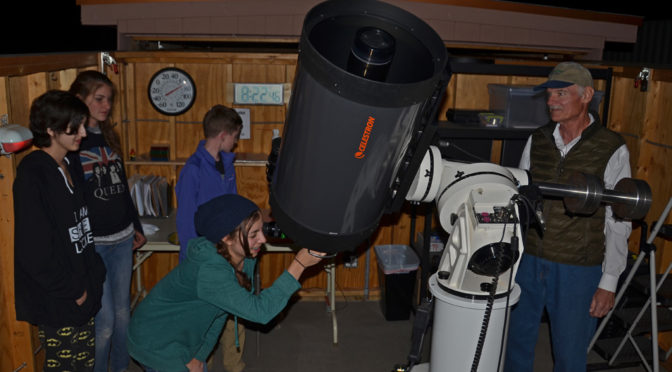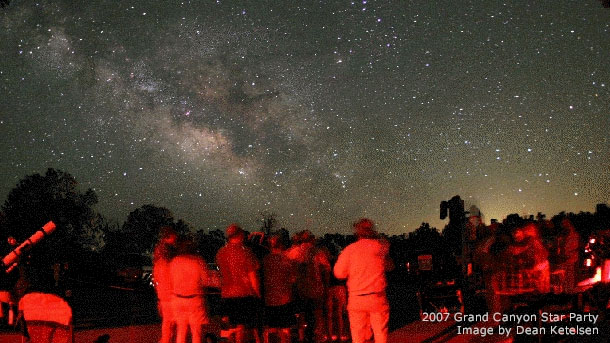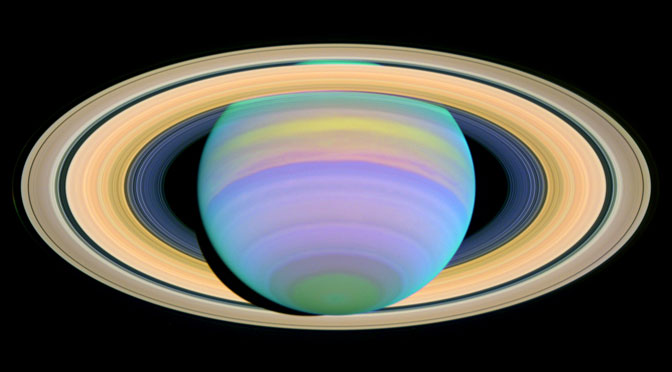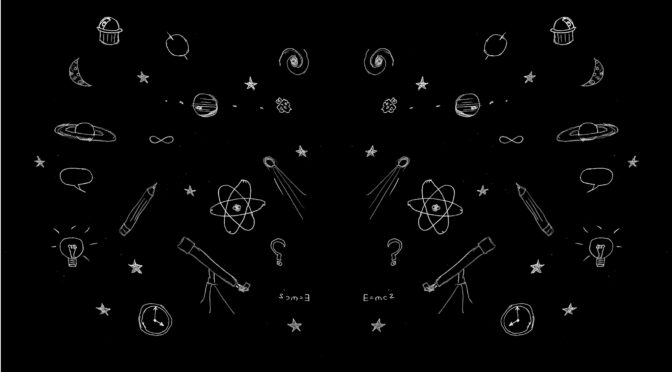
General Meeting
Astronomy Fundamentals Meeting
Next (ONLINE): Thursday, April 10, 2025
6:30 – 8:00 PM
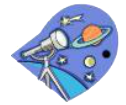
Come join us for a presentation from the fundamentals of amateur astronomy. Learn your way around the night sky to add to your observing enjoyment. Meetings are on the second Thursday of each month.
You can find our past recordings on the Club’s YouTube channel
https://www.youtube.com/playlist?list=PLXbeCAsGDdSZlqE0IAEUBmZxvmCUJi5Tr
Contact: Connor Justice
Email: fundamentals[at]tucsonastronomy.org
ONLINE – Astronomy Fundamentals Meeting – May 2025
HYBRID – General Meeting – May 2025
May 2 @ 6:30 pm – 8:00 pm
Title: OSIRIS-REx: Bennu’s Secrets Unveiled
On September 2023, the OSIRIS-REx mission successfully delivered a pristine sample from asteroid Bennu to Earth, marking a significant milestone in planetary science. In this talk, Dr. Lauretta presents the latest findings from his team’s studies, including the sample’s mineralogical, chemical, and isotopic properties, which confirm Bennu’s rich organic content and evidence of significant aqueous alteration. These are the result of his team’s comprehensive analyses of the returned material, revealing new insights into the early solar system and the processes that shaped planetary bodies. The new data not only advances our understanding of Bennu’s formation and history, but also offers clues about the origins of life on Earth. Join him as he explores how this mission’s groundbreaking discoveries are reshaping our understanding of the solar system’s evolution and our place within it.
Biography: Dante Lauretta
Dante Lauretta grew up in Arizona and received a B.S. in physics and mathematics and a B.A. in Oriental Studies with a focus in Japanese from the University of Arizona in 1993 and a Ph.D. in Earth and planetary sciences from Washington University in St. Louis in 1997. He is currently a Regents Professor of Planetary Science and Cosmochemistry at the University of Arizona’s Lunar and Planetary Laboratory. Lauretta is the leader of NASA’s OSIRIS-REx Asteroid Sample Return Mission. The spacecraft launched in September 2016 to begin its journey to Bennu, a carbon-rich, near Earth asteroid. The spacecraft rendezvoused with Bennu in 2018, and returned with a sample of the asteroid in 2023. Dr. Lauretta leads research about Bennu, and maintains an active research program in Cosmochemistry and Meteoritics. He is Director of the Arizona Astrobiology Center.
Mae Smith, TAAA President
Planets of the Month: April 2025
By Erich Karkoschka
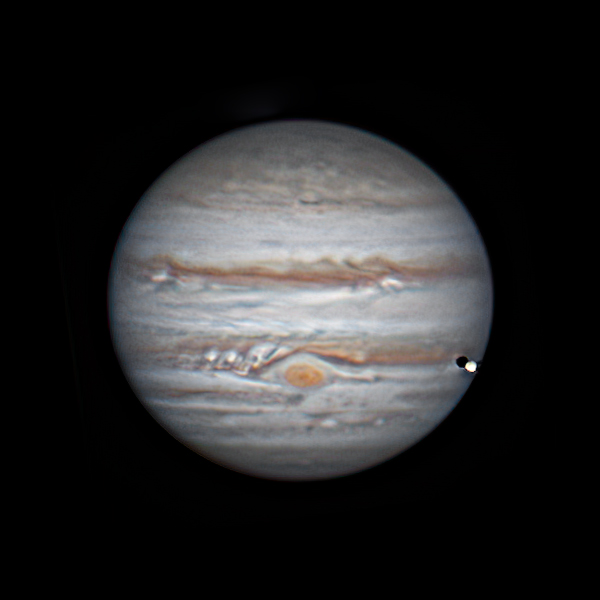
Jupiter is close to Aldebaran and setting around 11 pm.
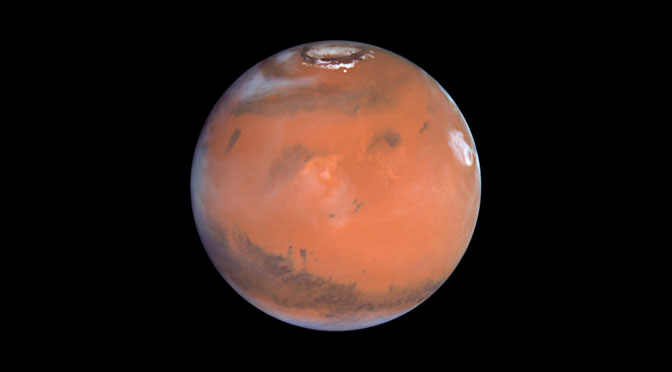
Mars is a little further east near Pollux. Around 8 pm, it transits 80 degrees high. Telescopes still show details on its surface, but at 8 arc-seconds diameter, one cannot expect too much.

After all planets are down, Venus rises around 4 am. It reaches maximum brightness during the second half of April at magnitude -4.8. It displays a magnificent thin, large crescent, but getting smaller and thicker during April.
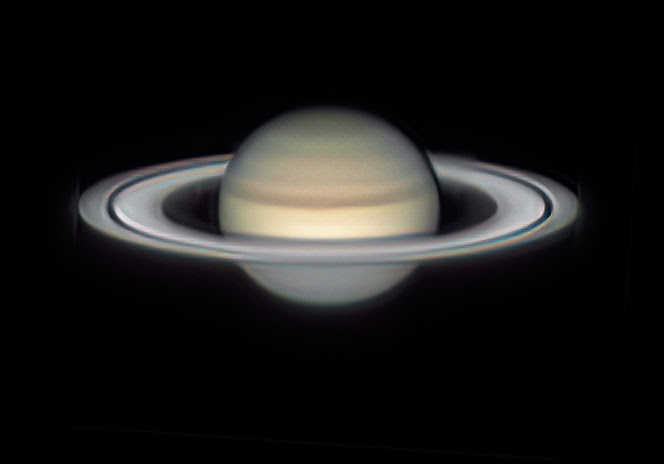
Mercury and Saturn become visible around the 10th in the morning. They can be found 6 degrees below Venus, close to the horizon during dawn. At mid-month, they are only 2 degrees apart from each other. Mercury is left of Saturn and a little brighter. Mercury stops its retrograde motion right next to Saturn and then quickly accelerates away from Saturn.

Uranus is 6 degrees south of the Pleiades, but becomes too close to the sun later to be observable.

Minor planet No. 4 Vesta is at its brightest in May. It will be visible to the naked eye. During April it rises in Libra around 8 pm.
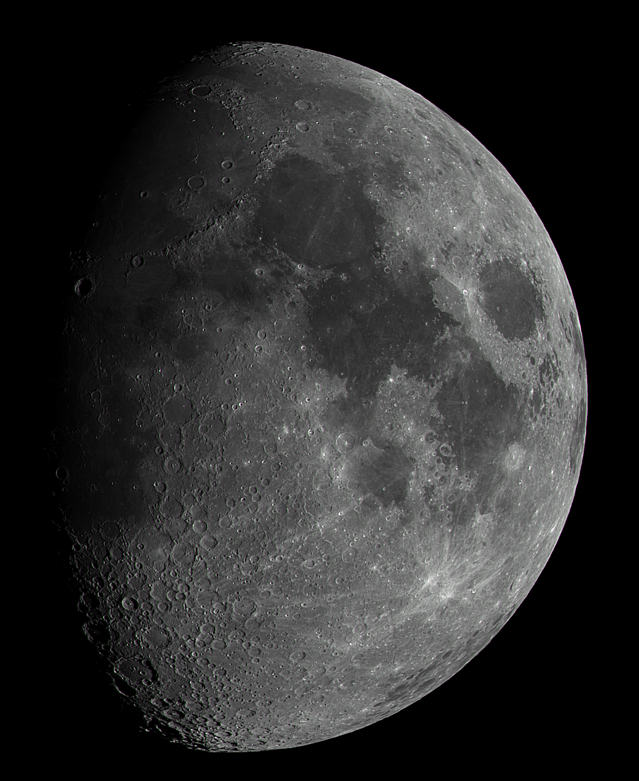
The Full Moon will be very close to Spica on the 12th. On the morning of the 25th, its crescent is near Venus and Saturn, not far from Mercury. Neptune is also right there, but not visible.
Evening Under the Stars @ Chiricahua Astronomy Complex
May 3 @ 7:30 pm – 9:30 pm
Semi-Annual Chiricahua Astronomy Complex Evening Under the Stars Saturday May 3, 2025. Address is: 9315 E Perseus Way, Pearce, AZ. We will be observing planets, galaxies, star clusters, multiple star systems, Nebulae, and lots more. Come join us for the free event. The gate will be open at 7 pm. To register for this FREE event, please email John at euts[at]tucsonastronomy.org with name, # in your party, and # of vehicles.
Planets of the Month: March 2025
By Erich Karkoschka

Mercury is well visible in the west around 7 pm until the 13th. A telescope shows its crescent shape. It passes Venus 7 degrees to the south on the 8th.

Venus is an evening star until the 19th and a morning star starting on the 21st. It moves 8 degrees north of the ecliptic. No other major planet gets so far from the ecliptic. It shows a 60 arc-second wide crescent during the second half of March. Unlike the lunar crescent, it wraps around the disk more than half way around. During this time, the illuminated fraction gets down to one percent.

Jupiter is high in the southwest during early evening. It is slowly separating from Aldebaran.

Mars at zero magnitude transits 83 degrees high around 8 pm. It slowly passes Pollux. Its disk of 10 arc-second diameter still shows good detail in a telescope.

Uranus is still visible in binoculars 6 degrees south of the Pleiades.

Vesta (4) rises around 10 pm in Libra at magnitude 7.

A Total lunar eclipse happens just before midnight on the 13th. The partial phase starts at 10:09 pm (Tucson time; 01:09 am on the 14th EDT, UTC – 7), followed by totality from 11:26 pm on the 13th to 12:32 am on the 14th. The partial phase ends at 1:48 am on the 14th.
Stargazing @ Historic Canoa Ranch
June 20 @ 8:00 pm – 10:00 pm
Join the Tucson Amateur Astronomy Association (TAAA) and Pima County Natural Resources Parks and Recreation for some stargazing at Historic Canoa Ranch.
We will observe planets, star clusters, multiple star systems, nebulae, galaxies, and lots more.
Weather dependent. For real-time updates, follow this event on the Tucson Amateur Astronomy Association Facebook Events Page: Tucson Amateur Astronomy Association | Facebook
FREE but REGISTRATION IS REQUIRED: Go to: https://bit.ly/ticketsEE
These events fill up quickly.
Bernie Stinger
612-396-8839
astronomy-events@tucsonastronomy.org
Stargazing at Oracle State Park
June 14 @ 8:00 pm – 10:00 pm
Viewing Location: Kannally Ranch House
- Star Party telescope viewing (8:00 – 10:00pm)
Information: Great dark skies just north of Tucson at Oracle State Park.
3820 E Wildlife Dr., Oracle, AZ 85623
Star Party open to the Public. Admission fees for entrance into Oracle State Park apply.
Tucson Amateur Astronomy Association will have several telescopes for astronomical viewing. We will be observing the Moon + Planets, Nebulae, Galaxies, and Star Clusters.
Great opportunity to look through a wide variety of telescopes. Weather dependent.
For real-time updates, follow this event on the Tucson Amateur Astronomy Association Facebook event page: TAAA Facebook Events page
Also: Check the Oracle State Park website for additional information and activities that day:
Star Party at Oracle State Park | Oracle State Park (azstateparks.com)
Bernie Stinger
612-396-8839
astronomy-events@tucsonastronomy.org
Stargazing at Saguaro National Park – East
May 31 @ 8:00 pm – 10:00 pm
Star Party – Saguaro National Park – East
3693 S Old Spanish Trail
Tucson, AZ 85730
Great dark skies on the East side of Tucson at Saguaro National Park – East.
Star Party is open to the Public. Event is free but NPS admission fees apply.
The Tucson Amateur Astronomy Association will have several telescopes for astronomical viewing. We will observe Planets, Nebulae, Galaxies, Star Clusters and lots more.
Great opportunity to look through a variety of telescopes.
Weather dependent. For real-time updates, follow this event on the Tucson Amateur Astronomy Association Facebook Events Page: Tucson Amateur Astronomy Association | Facebook
Bernie Stinger
612-396-8839
astronomy-events@tucsonastronomy.org
Stargazing at Tucson Mountain Park – Juan Santa Cruz Picnic Area
May 17 @ 8:00 pm – 10:00 pm
Star Party @ Tucson Mountain Park – Juan Santa Cruz Picnic Area
Tucson, AZ (right next to Sonoran Desert Museum)
Viewing Location: Small side loop on East side of main loop.
Information: Great dark skies in Western Tucson. Star Party open to the Public. Cost: FREE.
Tucson Amateur Astronomy Association will have several telescopes for astronomical viewing. We will observe Planets, Nebulae, Galaxies, Star Clusters and lots more. Great opportunity to look through a variety of telescopes. Weather dependent.
For real-time updates, follow this event on the Tucson Amateur Astronomy Association Facebook Events Page: TAAA Facebook Events page
Event is FREE but REGISTRATION IS REQUIRED. Go to this link to register: https://tinyurl.com/MayStargazing
These events may fill up early.
Bernie Stinger
612-396-8839
astronomy-events@tucsonastronomy.org
Stargazing at Tumacacori National Historical Park
May 16 @ 8:00 pm – 10:00 pm
Join TAAA and the National Park Service for an evening of stargazing at Tumacacori National Historical Park . Address below.
The Tucson Amateur Astronomy Association (TAAA) will have several telescopes with operators for astronomical viewing in front of the Old Mission.
We will observe Planets, Nebulae, Galaxies, Star Clusters and lots more. Great opportunity to look through a variety of telescopes.
Event is free, no reservations required, but NPS admission fees apply.
Weather dependent, check back here prior to event for possible updates on day of event.
Bernie Stinger
612-396-8839
astronomy-events@tucsonastronomy.org


